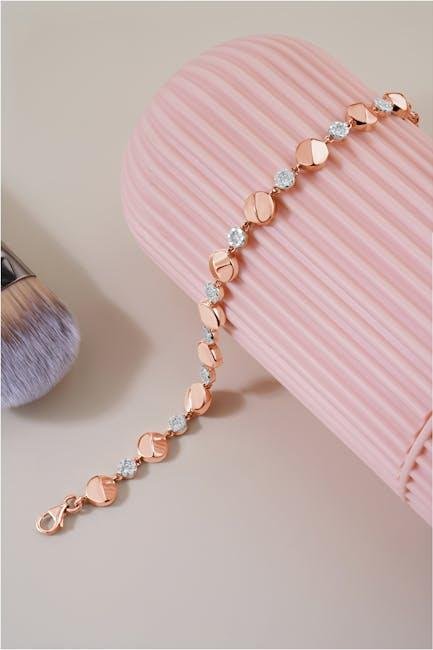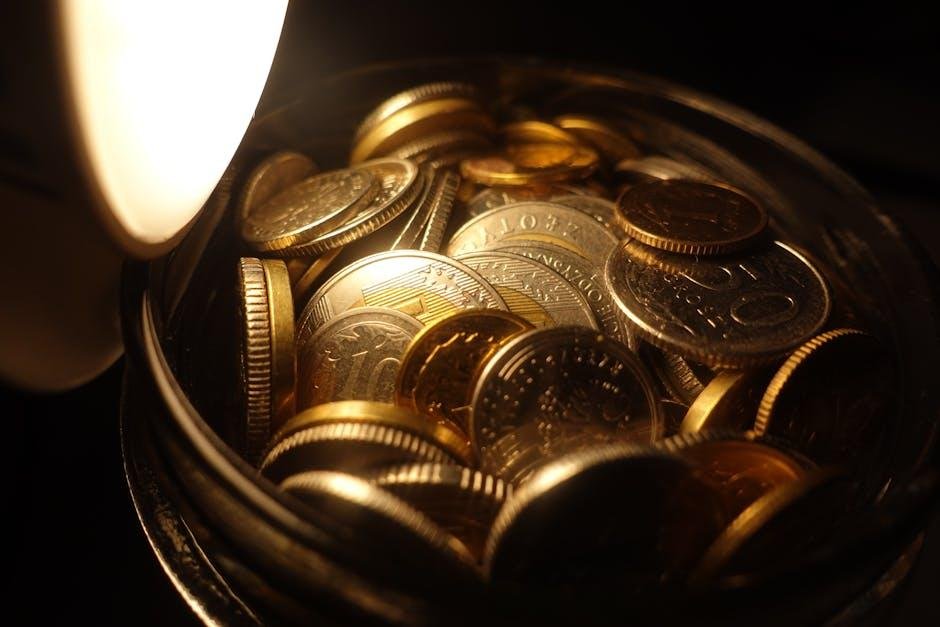In the shimmering world of fine jewellery, where each piece tells a story of craftsmanship and allure, the question of value transcends mere price tags. Luxury jewelry brands, known for their meticulous artistry and timeless designs, offer not just adornments but also an investment potential that can fluctuate with market trends and consumer preferences. As savvy collectors and style aficionados navigate the intricate tapestry of resales, understanding the dual nature of luxury jewelry—both as a cherished accessory and a financial asset—becomes essential. this exploration delves into the factors that influence the resale value of renowned luxury brands, illuminating how rarity, condition, and brand heritage play pivotal roles in determining what your beloved baubles may be worth when it’s time too part with them. Join us as we uncover the complexities behind the glittering façade and reveal the realities of resale in the realm of luxury jewelry.
Understanding the Factors That Influence Luxury Jewelry Resale Value
The resale value of luxury jewelry is determined by several critical elements that come into play once the initial purchase is complete. One of the paramount factors is brand prestige; recognized labels such as Cartier, Tiffany & Co., and Van Cleef & Arpels frequently enough command higher resale prices due to their established reputation and desirability among collectors. Additionally, other components contributing to the overall worth include the material quality, which encompasses the type of metals and gemstones used, and craftsmanship, where handmade pieces may attract premium prices due to their artistry and attention to detail.
Market trends also play a important role in shaping the resale values of these exquisite items. The condition of the jewelry is vital; pieces that have been well-maintained,complete with original packaging and documentation,usually fetch better prices.Collector interest can ebb and flow, influenced by fashion trends or economic conditions. Understanding the rarity of specific items, including limited editions or unique designs, also contributes to their value.Ultimately, potential sellers should stay informed about the current market dynamics and perform diligent research to ensure they are pricing their luxury jewelry correctly.

The Impact of Brand Heritage on Collectible Pieces
The allure of luxury jewelry frequently enough lies not only in its physical beauty but also in the rich history and heritage associated with the brand. Recognized pieces from renowned houses carry an inherent value shaped by decades, if not centuries, of craftsmanship, storytelling, and cultural meaning. Each brand’s heritage encapsulates a narrative that resonates with collectors and enthusiasts alike, making these items more than just accessories; they become treasured artifacts. This connection to heritage can elevate the perception of collectible items, often resulting in a premium on resale value, as buyers seek not just the object but the story and prestige that come with it.
Several factors contribute to how heritage influences the worth of collectible luxury jewelry:
- History of Craftsmanship: Established brands frequently enough use time-honored techniques, enhancing the perceived quality and uniqueness of their pieces.
- Brand Legacy: A storied past can create a sense of trust and assurance for buyers, leading them to invest more confidently in a brand’s offerings.
- Cultural Significance: Many luxury brands have played pivotal roles in fashion, art, or societal trends, further intertwining their products with cultural narratives.
Balancing these elements skillfully allows luxury jewelry brands to maintain desirability in the market,creating a robust foundation for sustained value and investment potential.the resale market frequently enough reflects this dynamic, as pieces with a compelling backstory and significant brand heritage see greater demand, leading to attractive investment opportunities for collectors. In essence, heritage is a crucial pillar that supports the financial architecture of luxury jewelry, making it an indispensable consideration for both buyers and sellers.

Market Trends: Timing Your Sale for Maximum Returns
Understanding the optimal timing for a sale can substantially enhance your financial returns, especially in the luxury jewelry market. Factors such as economic fluctuations,fashion trends,and seasonal buying patterns can all influence resale values. notably, many buyers are keen to invest in luxury items during specific times of the year, including holiday seasons and anniversaries. Keeping an eye on these critical periods can definitely help sellers maximize their profit margins. Additionally, awareness of market trends—such as popular styles or brand desirability—can dictate when is the best time to list an item for sale.
furthermore, the luxury jewelry market is not static; it is subject to rapid changes in consumer tastes and global economic conditions. To capitalize on these shifts, consider tracking the following trends: brand collaborations, limited editions, and celebrity endorsements. These elements can create surges in demand, making it an ideal time to sell. Use the table below to compare the resale performance of selected luxury brands over the past few years, revealing how market dynamics can affect values:
| Brand | 2019 Resale Value | 2020 Resale Value | 2021 Resale Value |
|---|---|---|---|
| Cartier | $5,000 | $6,500 | $8,000 |
| Tiffany & Co. | $4,200 | $5,000 | $6,000 |
| Chopard | $7,000 | $8,500 | $9,100 |

Tips for Preserving Value: Care, Documentation, and Authentication
Maintaining the integrity and allure of luxury jewelry is essential for preserving its resale value. Proper care can make a significant difference, ensuring that your pieces remain as stunning as the day you acquired them. Regular cleaning with appropriate non-abrasive materials will help eliminate grime and restore the original shine. Additionally, consider the storage surroundings; keeping jewelry in original boxes or well-padded cases protects against scratches and exposure to harmful elements. Avoid exposing items to harsh chemicals or extreme temperatures, as these can lead to irreversible damage. Here are some basic care tips:
- Store pieces separately to prevent tangling and scratching.
- Use a soft cloth for cleaning gemstones and metals.
- Remove jewelry before engaging in physical activities.
Documentation and authentication play a vital role in establishing the value of luxury jewelry. Paperwork such as receipts, certificates of authenticity, and appraisals can enhance the desirability and trustworthiness of your items when you decide to resell them. Keeping a detailed log of purchase dates, price points, and any alterations made can provide context for future buyers. Consider compiling a table of your jewelry’s details, as it’ll serve as a speedy reference:
| Item | Brand | Purchase Date | Documentation |
|---|---|---|---|
| Diamond Ring | Cartier | April 2021 | Certificate of Authenticity |
| Gold Necklace | Tiffany & Co. | June 2020 | Original Receipt |
Future Outlook
In the ever-evolving marketplace of luxury,the value of jewelry transcends mere aesthetics,intertwining with artistry,brand prestige,and the emotional narratives woven into each piece. As we’ve explored, the resale market for luxury jewelry is not just a reflection of intrinsic worth; it encapsulates historical significance, craftsmanship, and the craving for timeless elegance that fuels collector enthusiasm. Whether you’re a seasoned aficionado or considering a first investment, understanding the resale potential of luxury brands empowers you to navigate this glittering landscape with confidence. ultimately, every piece tells a story, and in that exchange lies not just value, but a shared legacy waiting to be inherited by the next connoisseur. As you embark on your journey, may you find both beauty and wisdom reflected in the facets of every piece.

